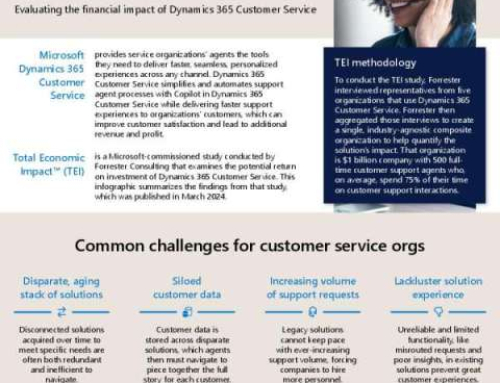
Manually gathered data from individual databases works fine to solve a specific problem. But, what would you do when your business has a data-intensive project that requires managing and structuring every source to gather insights and drive decision-making?
Data warehousing is used for managing and collecting data to provide meaningful insights from various sources. Furthermore, it is made available to users promptly to be transformed into information.
Business Intelligence (“BI”) tools make it possible to create value from big data. BI technologies evolve around data warehouses, dashboards, ad hoc reporting, data discovery tools, and cloud data services.
Steps for data warehousing from a business intelligence perspective
Step 1- Gathering requirements for long-term business strategy
Step 2- Setting up the physical environment for development, testing, and production
Step 3- Data modeling to access, connect, process, and store data
Step 4- ETL (extract, transform and load) to optimize speed without compromising quality
Step 5- Online analytical processing (OLAP) for analyzing data from multiple database systems
Step 6- Front end development for users can access the information to investigate and run reports
Step 7- Report growth for controlling flow and visibility, developing user groups
Step 8- Providing system performance tuning without interrupting current production
Step 9- Testing to verify each point of data so that the quality of data is maintained
Step 10- Implementation so that the end-users do not find it difficult to use the tool
Recommended Tools used for Data Warehousing

Types of data warehousing
- Enterprise data warehouse management (EDW)- It is typically hard to manage an extensive database, so EDW decomposes into a smaller database for users to query comfortably.
- Operational data store- it provides a snapshot of the latest data used from multiple transactions to combine the data from various sources into a single destination
- Datamart is the portioned EDW segment for consumers to provide easier data access to a specific area.
Applications of Data Warehousing
Data Warehouses have applications in virtually every industry that uses structured and unstructured data from disparate sources for forecasting, business intelligence, and analytical reporting allowing for robust decision-making. Here are some significant applications of data warehouses across different industries:

Image Source: whatisdbms.com
Government Education – Federal government utilizes the warehouses for research, whereas the state government uses them for services related to human resources like recruitment, payroll management in accounting. The government uses data warehouses to maintain and analyze tax and health policy records. The entire criminal law database is connected to the state’s data warehouse. Illegal activity is predicted from the patterns and trends, and data associated with past criminals is maintained.
Banking/Finance/Insurance – In the banking sector, Data Warehouse analyzes card holders’ transactions and spending patterns to provide special offers and lucrative deals. In finance, the evaluation of customer expenses is monitored to maximize profit. In the insurance industry, warehouses analyze data patterns and customer trends for tailoring customer offers and promotions.
Telecom – In the telecom industry, sales representatives analyze customer calling patterns to promote advertising campaigns and track customer queries. Target marketing the customer data enables a trader to keep in mind the customer requirements in the transportation industry.
Retail Services – In this industry, the fast and slow-selling product lines are determined by their shelf space. The warehouse also tracks items, advertising promotions, and consumer buying trends.
Manufacturing and Distribution– High-end OLAP tools are used to predict market changes, analyze current business trends, make better decisions, identify profitable product lines and analyze customer feedback in the manufacturing and distribution industry.
Hospitality and Healthcare – In healthcare, all the financial, clinical, and employee records are given to the data warehouse for predicting outcomes and analyzing the service feedback. The hospitality industry uses warehouse services for advertising and promoting campaigns as the target customers are based on feedback.
Harnessing Data Warehouse for your current and future needs
Harnessing Data Warehouse from disparate databases will cost your business money and time – it’s not a cost. It’s an investment. To orchestrate your data better and drive an intelligence-driven business, you must embrace Data Warehousing sooner rather than later. Finding the right Data Warehousing solution for your business will bring everything together to provide the analysis and reporting you to need.










Leave A Comment